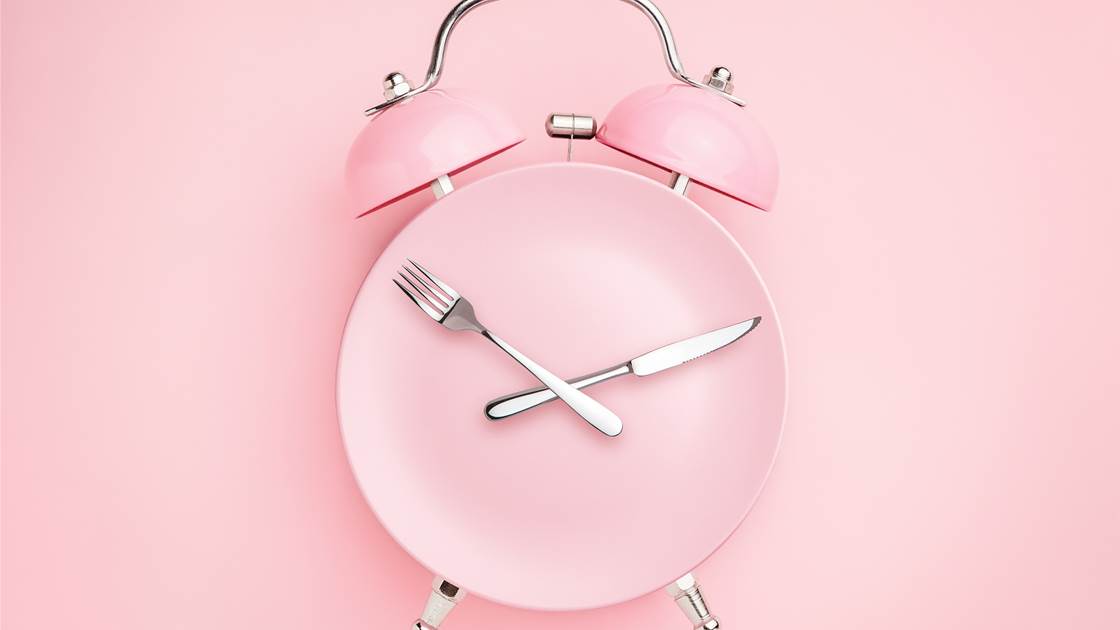This isn’t a fad regimen – these are simple tips that will lead you to a positive, holistic lifestyle change. Not only will your body be leaner, but you’ll also strengthen your health and wellbeing from the inside out.
STEP 1: Temptation-proof your kitchen
Start by tossing the treats you simply can’t resist overdoing – whether that’s biscuits, ice cream, chips or soft drinks. In the pantry, stash healthier fare you want to eat only in moderation (nut butters, healthy muesli bars, popcorn, etc.).
KEEP HEALTHY FOODS IN SIGHT
Put a big bowl of fruit on the counter, store fresh vegetables on fridge shelves instead of hidden in the crisper, and pour whole grains and dried beans into clear jars so you can’t miss them.
HAVE GOOD-FOR-YOU SNACKS AROUND
Grab a handful of raw nuts or fresh berries, and satisfy your sweet tooth with a couple of dates stuffed with almonds.
MAKE BREAKFAST EASY
Cereal or muesli can be an excellent choice for a nutritious breakfast.
You’re looking for:
• made with wholegrains
• at least 5g of fibre per 100g
• less than 15g of sugar per 100g
CONCOCT A BACK-UP PLAN
We all have nights when we’re too tired to cook. Stock your kitchen pantry and freezer with ingredients you can transform into a fast meal – chicken breasts in the freezer for easy defrosting, frozen veg, and microwaveable rice cups in the pantry. Then you can pull together a healthy chicken fried rice like this (left), faster that you can summon Uber Eats.
STEP 2: Eat only when the suns up
Research suggests that allowing at least 12 hours between dinner and the next day’s breakfast may help speed up weight loss. Fasting may let you burn through unneeded fat stores faster, or improve the body’s ability to use insulin. Have dinner earlier, or breakfast later – or both!
STEP 3: Pick foods that fill you up
Make VEGETABLES THE FOCUS OF YOUR PLATE
Fill half your plate with non-starchy vegetables, such as asparagus, kale, broccoli, cauliflower, spinach, mushrooms, eggplant and carrots. Then divide the remainder of the plate in half and fill each quarter with a serving of lean protein and fibre-rich complex carbohydrates.
Choose CARBS IN THEIR NATURAL FORM
Eat at least four daily serves of minimally processed, fibre-rich carbs, such as wholemeal pasta, grainy bread, brown rice, quinoa and rolled oats. That’s as easy as eating 1 cup of wholegrain cereal for breakfast and ½ cup of brown rice with a nutritious dinnertime stir-fry.
Work APPETITE-CURBING PROTEIN INTO EVERY MEAL
Let protein help you stay feeling full for longer – think salmon, tuna, prawns, chicken breast, tofu and eggs. And don’t forget to include legumes for an instant protein fix. Fold lentils into rice, black beans into quinoa, or chickpeas or cannellini beans into a healthy vegetable soup.
STEP 4: Think about portions
Pasta, rice and potatoes that have been cooked and then cooled develop resistant starch – a type of fibre that has a prebiotic effect.
Fast fact
RIGHT-SIZE YOUR SNACKS
Serve nuts in a shot glass, popcorn in a coffee mug, cereal in a teacup and muesli in a ½-cup ramekin. That will help you make sure your snack doesn’t become a fourth (or fifth!) meal.
FLIP YOUR DINNERWARE
Serve your dinner on side plates and use dinner plates for salad. For drinks, use your smallest glasses if you’re having juice, and your biggest glasses for water. These strategies work by tricking your eyes.
Here are some healthy, handy hints to make sure you don’t overdo it.
BE FASTIDIOUS ABOUT FATS
Even healthy oils like olive oil contain 500kJ (120 calories) per tablespoon. Measure cooking oils by the teaspoon, rather than pouring straight into the pan. Also measure nut butters, like peanut butter, before spreading.
STEP 5: Drink Smart not Sugary
HYDRATE RIGHT
Whether you choose still or sparkling water, drinking more of it can help you eat less. For a flavour kick, spike your water with fruit and herbs, like strawberry and basil, grapefruit and thyme, or blackberry and tarragon.
WATCH THE LATTE
The milk in your coffee can add hundreds of unwanted kilojoules (500-600kJ for a regular-sized cup with full-cream milk). Trade up to a large cup and you’ll drink in almost 1200kJ. Sugar and sugar-filled syrups also add hundreds of hidden kilojoules to a cup of coffee. Stick to a regular serve with skim milk and you’ll save 150kJ. If you’re after a bigger caffeine fix, opt for a double-shot, rather than a double-sized cup.
RETHINK JUICE
Fruit juice has vitamins and minerals, but also packs a load of sugar and kilojoules. Try a green juice made with naturally low-sugar vegetables, like spinach, kale, cucumber and celery, with a splash of fruit juice for half the kilojoules and a third of the sugar








.jpg&h=193&w=250&c=1&s=1)

